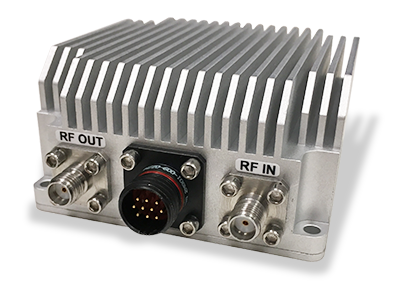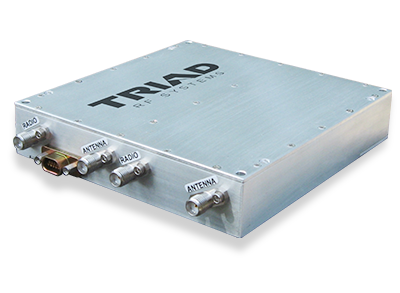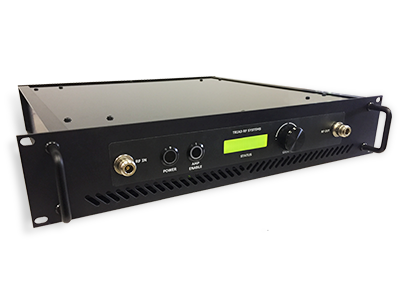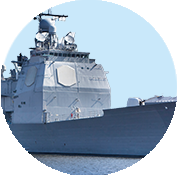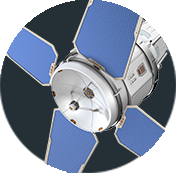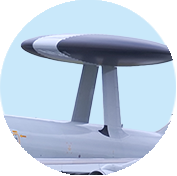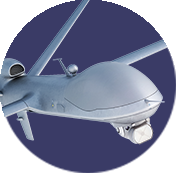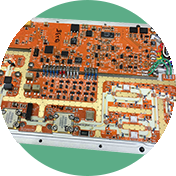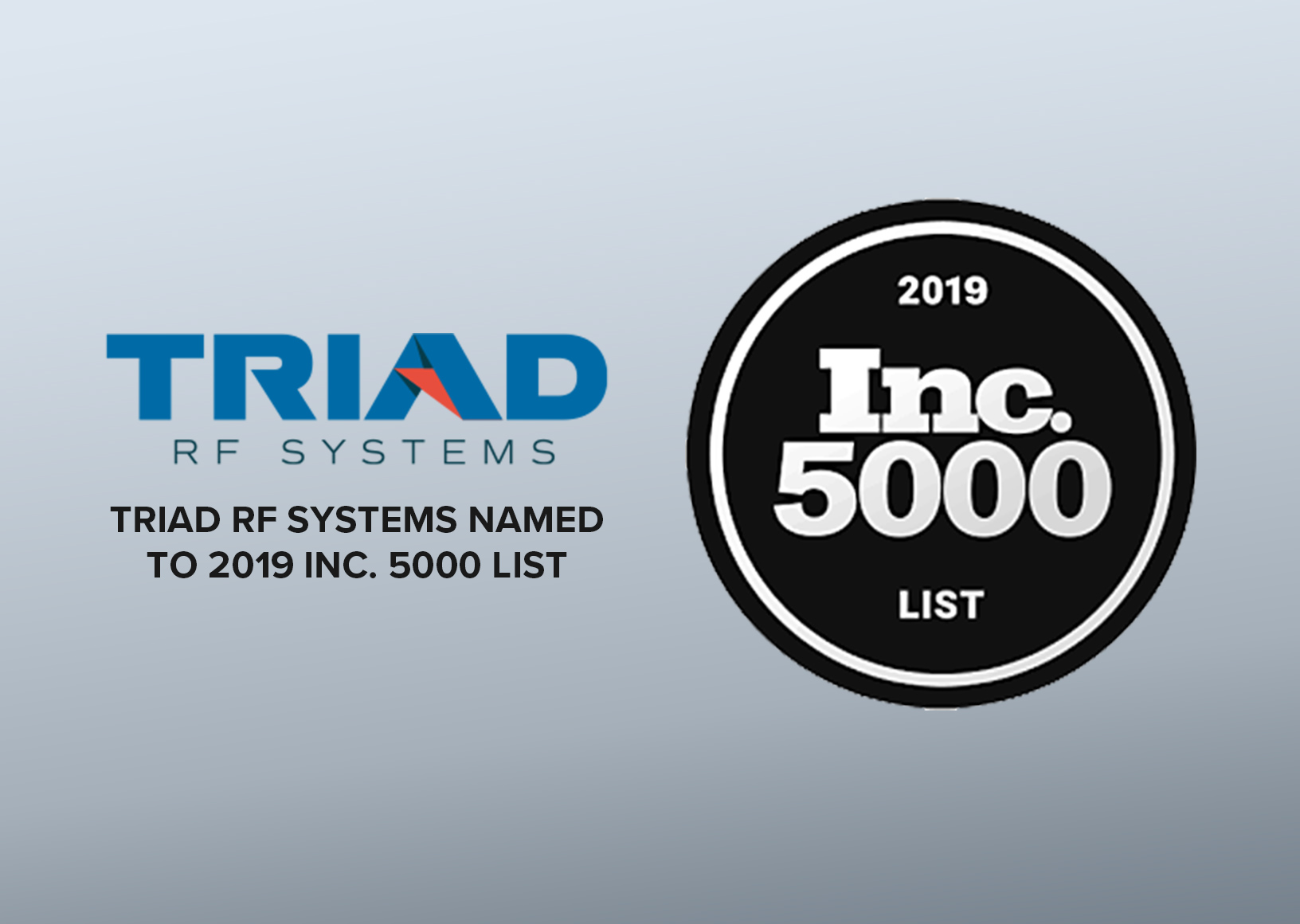Our Commitment to Quality Doesn’t End After Design and Manufacturing
Triad RF Systems is committed to high-quality RF and microwave manufacturing and our design engineering and development processes as state-of-the-art. We view our commitment to quality as a lifetime one, leading us to build and document our own development process to meet 100% of the product performance goals we set out to achieve. Any design risk is managed through a stringent review process that capitalizes on our decades of experience in the design of high complexity RF amplifiers and radio systems.
Performance in the Harshest of Conditions
Triad’s first-article inspection and design validation test procedures puts all of our new designs through a stringent battery of tests, which ensure that they will pass the most demanding requirements of MIL-STD-810. These include:
- Operating temperature range of -40 to +85C, to comply with MIL-STD-810G Method 501.5 and 502.5, Procedure II
- High humidity in accordance with MIL-STD-810G Method 507.5, Procedure II
- Operational Vibration in accordance with MIL-STD-810G Method 514.6, Procedure I, Ground Vehicle and Aircraft Platforms
- Operational and Handling Shock in accordance with MIL-STD-810G, Method 516.5, Procedure I
In addition, most of Triad’s product line has been designed, by default, to an ingress protection (IP) rating of IP66 (Dust Tight, Powerful Water Jet Exposure). Our outdoor-rated products, such as the THPR high power radio series, is designed to comply with the IP68 standard (Dust and water tight to survive 1m+ immersion)
Electromagnetic Compatibility and Emissions
For programs that require them, Triad’s RF amplifiers, rack mount products, and high power radio systems are designed to comply with electromagnetic interference (EMI) and electromagnetic compatibility (EMC) requirements commonly used in military products, including, but not limited to, the following test methods:
- MIL-STD-461F, CE102, RE101, RE102, CS101, CS114, CS116, RS101, RS103
- MIL-STD-1399
- MIL-STD-1275
(Screening reports for select products can be furnished upon request.)
ISO 9001:2015 Certification
Triad RF Systems is ISO 9001:2015 certified through Dovre Sertifisering AS, reflecting our commitment to continuous improvement and operational excellence. It ensures that our processes are consistently monitored and enhanced to provide products and services that meet stringent quality standards. This certification also demonstrates our focus on customer satisfaction, risk management, and effective leadership throughout our organization.
Engineering Lab Enhancements
We've recently upgraded our engineering lab in response to our expanding radio component and amplified radio product offerings. We are now designing several CubeSat up-and-downconverters that operate up to Ka-band. To accommodate these new development projects, our lab facilities our now equipped for the design and test of circuits up to 40 GHz. We have also acquired the necessary fixtures and probes to perform detailed in-circuit measurements.
Why do we do it?
This exhaustive testing is performed to ensure maximum reliability during deployment and use in manpack radio, land vehicles ships with RF radio systems, and in manned and unmanned fixed and rotary wing aircraft radio applications. This all allows us to prepare MTBF reports and analyses for inclusion into your high-level system reliability reports whenever needed.

